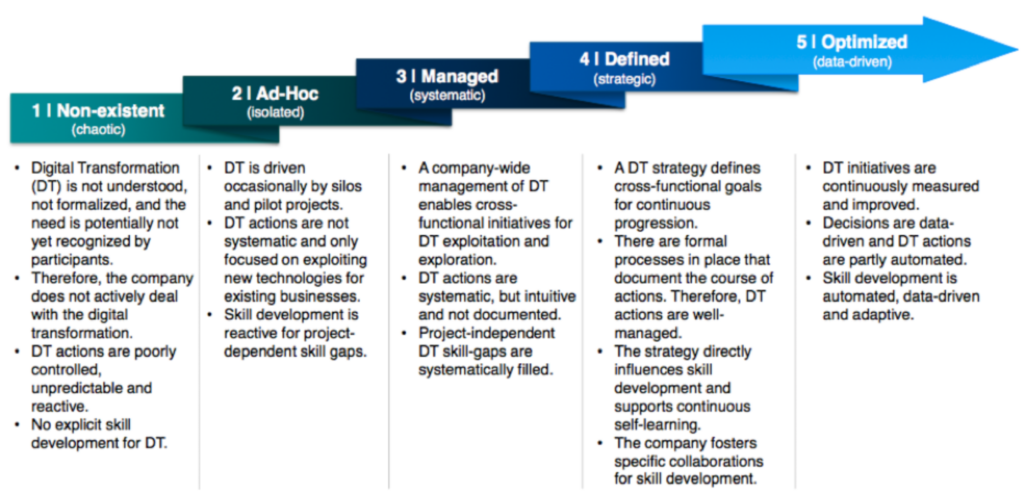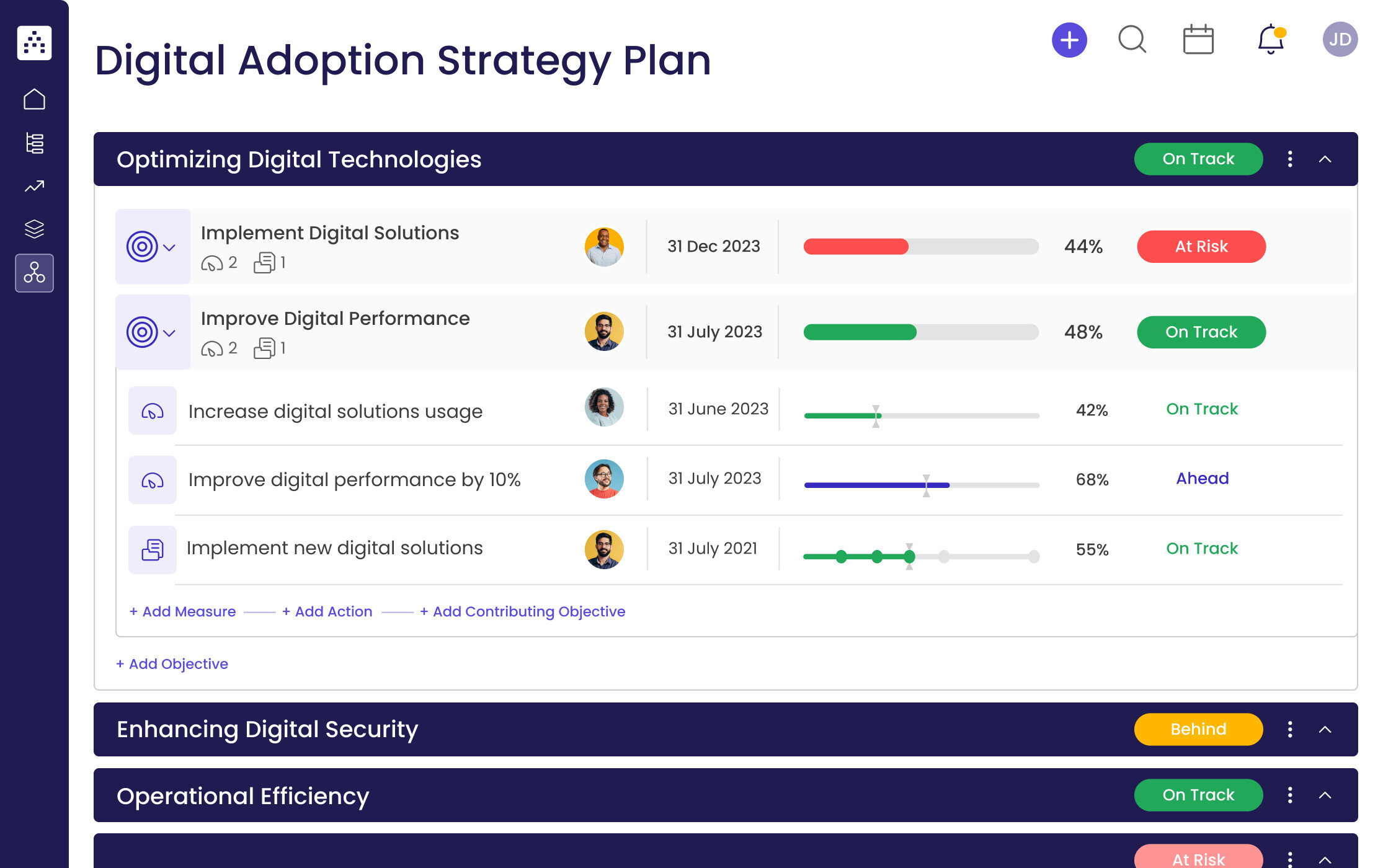In the age of digital innovation, businesses must adopt agile, scalable solutions to stay competitive. At the heart of this transformation is the Principal Systems Architect, a key leader who aligns technology initiatives with business goals.
A Principal Systems Architect ensures that the technical foundation of an organization is future-ready. This role goes beyond designing systems; it requires a holistic understanding of enterprise architecture, cloud computing, and emerging technologies. By creating a unified vision, they bridge the gap between strategy and execution.
One of the most crucial contributions of a Principal Systems Architect is identifying opportunities for process optimization. They streamline workflows, ensuring every system works harmoniously, boosting productivity while reducing costs.
Additionally, their expertise in digital strategy positions businesses for success. Whether integrating AI for predictive analytics, leveraging IoT for real-time insights, or implementing robust cybersecurity measures, their decisions shape the organization’s future.
As digital transformation continues to dominate the business landscape, Principal Systems Architects are essential to driving innovation. Their blend of technical expertise and strategic foresight ensures businesses not only adapt but thrive in an ever-changing world.
For organizations aiming to lead in their industries, having a Principal Systems Architect isn’t just an advantage—it’s a necessity. They embody the perfect mix of leadership, vision, and technical expertise that empowers businesses to turn challenges into opportunities.
Share this:
- Click to share on Facebook (Opens in new window) Facebook
- Click to share on X (Opens in new window) X
- Click to share on LinkedIn (Opens in new window) LinkedIn
- Click to share on Reddit (Opens in new window) Reddit
- Click to share on Pinterest (Opens in new window) Pinterest
- Click to share on Pocket (Opens in new window) Pocket
- Click to share on WhatsApp (Opens in new window) WhatsApp
- Click to email a link to a friend (Opens in new window) Email



